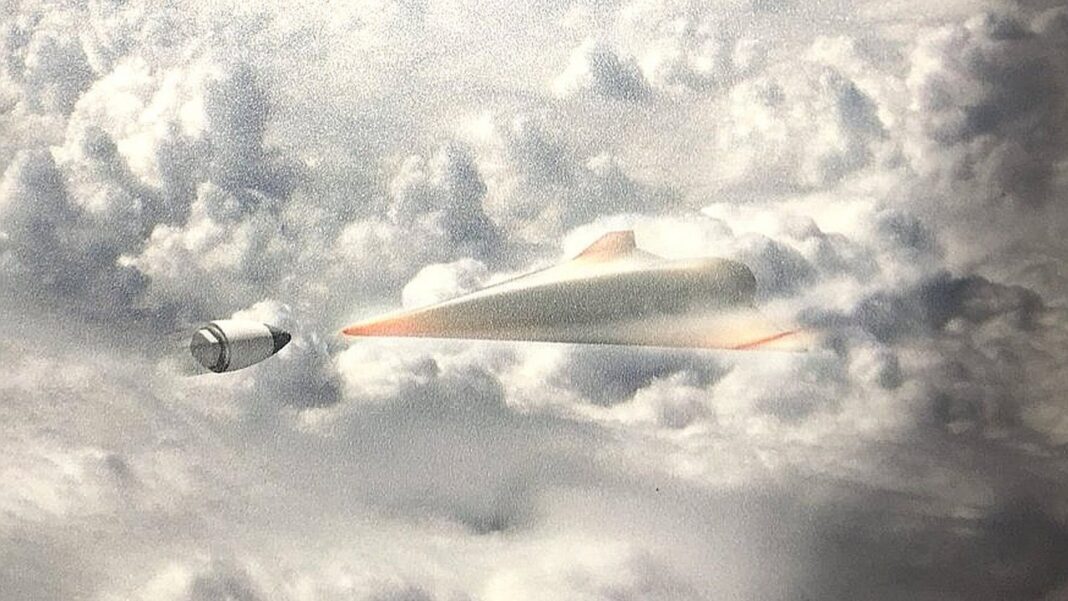The return of tensions between major technological nations is accompanied by intensive research to develop new technologies or apply technologies developed during the 30 years of relative peace following the end of the Cold War. In the first part of this article, we covered quantum applications, electromagnetism, artificial intelligence, nano-technologies as well as directed energy weapons. There are still 5 major technologies to study to complete this panel of 10 technologies that will revolutionize military action in the years to come.
6- Hypervelocity
The speed of aircraft and missiles had been a major issue in the 50s and 60s, a period during which research enabled combat aircraft to reach and exceed mach 2 speed. But from the 70s, the aeronautical technology encountered two difficulties comparable to that which prevailed during the race through the sound barrier. Indeed, beyond Mach 2,8, the friction of air on aircraft causes a significant increase in the heat of the front surfaces, gradually creating a plasma surrounding the plane and opaque to electromagnetic waves. In addition, from mach 3, conventional reactors can no longer slow down the air flow to control fuel combustion, making the thermal reaction very unstable, with a significant risk of explosion.

These two factors, associated with the decline in the threat once the 80s had passed, led to the stagnation of the performance of aircraft, like that of missiles, for nearly 30 years, and the emergence of secondary technologies such as stealth. Planes of this generation rarely exceed Mach 2, favoring super cruise over top speed. In addition, the rapid decline in tensions between NATO and Russia led to an equally rapid loss of interest in ballistic missiles, at least in the West. In Russia and China, however, work continued, giving rise to a new generation of weapon systems that appeared from 2015.
There are 75% of this article left to read, Subscribe to access it!
The Classic subscriptions provide access to
articles in their full version, and without advertising.
Meta-Defense celebrates its 5th anniversary!

- 20% on your Classic or Premium subscription, with the code Metanniv24
Offer valid from May 10 to 20 for the online subscription of a new Classic or Premium, annual or weekly subscription on the Meta-Defense website.




